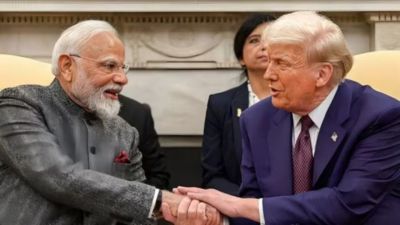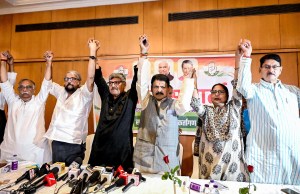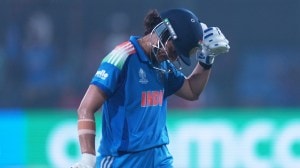Under suspicion
The crisis of cricket involves its administrators credibility,not just the shenanigans of individual players
The crisis of cricket involves its administrators credibility,not just the shenanigans of individual players
Thirteen years ago,when the authorities announced they had proof to implicate cricketers of the stature of Hansie Cronje in match-fixing charges,the edifice of the game was rocked. The scandal surrounding Cronje,then South Africa captain and poster boy of exemplary discipline,also claimed as a final blow the reputation of Mohammed Azharuddin,a cricketer whod nonetheless been absolutely vital to making the sport in India so rich and glorious. Once the whiff of deception,even the possibility of it,settles on such legends,a sport will struggle to recover its balance. But Indian cricket did then,in great part due to the exertions of the next generation Sachin Tendulkar,Rahul Dravid,Sourav Ganguly,Anil Kumble,Javagal Srinath. For a sport that survived such a body blow,it should not be that difficult to deal with the shenanigans of three relatively minor cricketers. That the BCCI is struggling to respond,and be seen to be responding adequately to the spot-fixing charges against Sreesanth and company,speaks volumes about the diminishing credibility of the sports administrators. That,in effect,is the crisis that has hit cricket.
Without making light of the severity of the charges against the trio,their deal-making with bookmakers can be passed off as a statistical aberration. A few bad eggs in a basket as large as the Indian Premier Leagues can be taken in a tournaments stride if all else is spotless. The IPLs problem and the BCCIs too,by implication,as the two entities are so deeply entwined is that its administrators lack credibility when they aver they are seized of the matter. Their reassurances that action will be taken on the spot-fixing charges strike a feeble chord,not because they are not expected to take stern action against the offending threesome. As of now,there is little to indicate that the BCCI will be anything but cooperative on stamping down on match-fixing in its various forms. But scandal brings the full gamut of a sports organisation into the spotlight and the IPL is not yet coherent enough to withstand the glare. Two issues stand out. Assorted conflicts of interest undermine its administrators,beginning with the BCCI chief himself,who owns the Chennai franchise. And the co-opting of various stakeholders,including commentators,in the annual fiesta,so that tireless cheerleading is passed off as self-scrutiny,has ended up inviting suspicion that everything is not quite what meets the eye.
The Sreesanth scandal may or may not have been waiting to happen. But now that it has,it must compel action on much more than his antics.





- 01
- 02
- 03
- 04
- 05


























